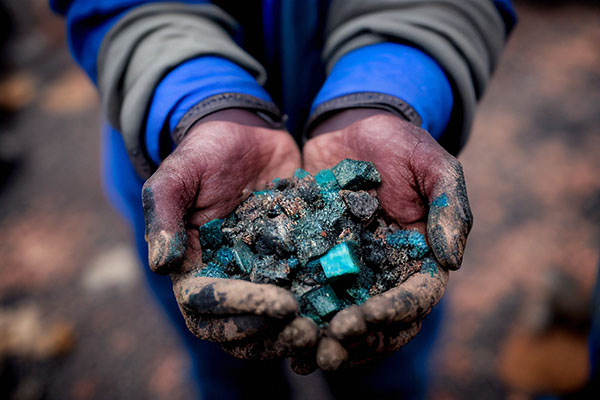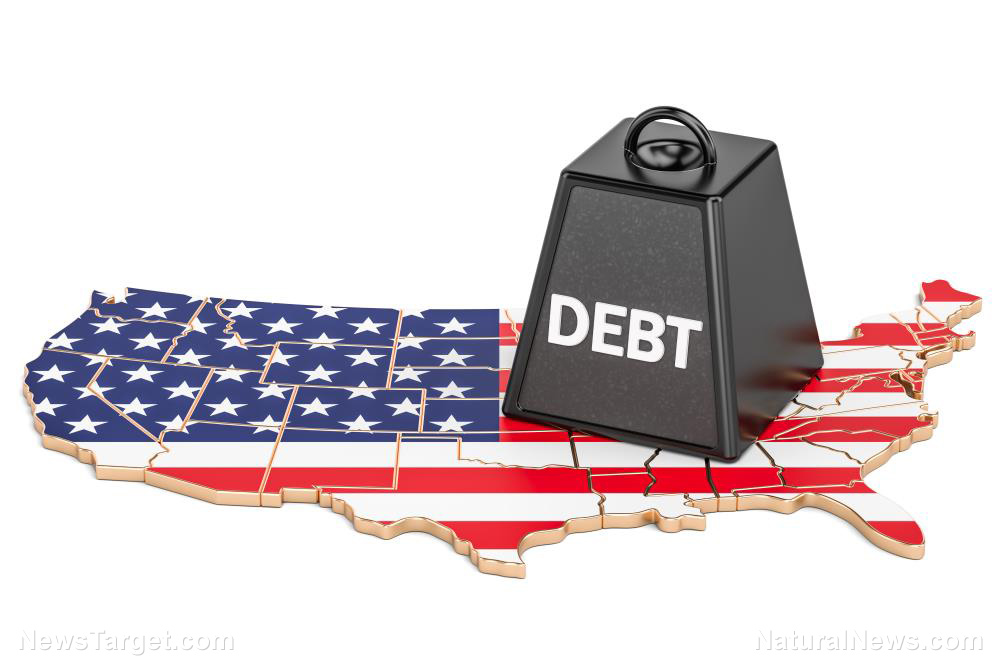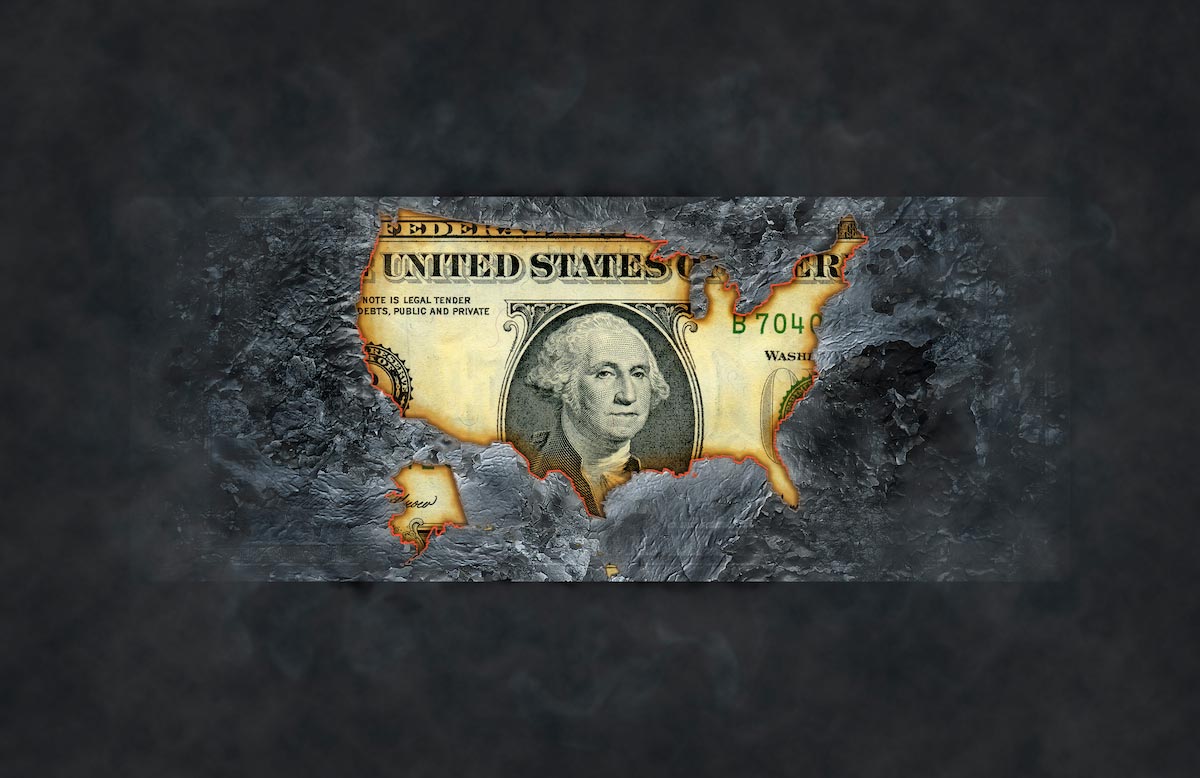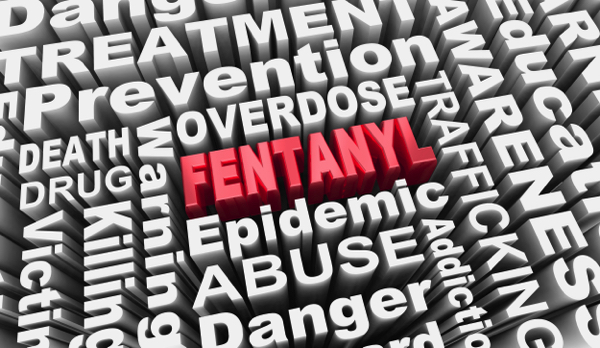 Parler
Parler Gab
Gab
- U.S. 125% tariffs on ethane — a key feedstock for Chinese plastics — have made production unprofitable, pushing factories toward shutdowns. Dependence on U.S. supplies (90% reliance) leaves China with few alternatives, worsening the crisis.
- The U.S. strategy aims to force concessions by inflicting economic strain, targeting China’s lack of social safety nets and industrial vulnerabilities. Analysts warn China’s Q2 GDP growth could drop to 0.8%, risking labor unrest or market collapse.
- China’s ports (handling 40% of global container trade) face severe congestion, amplifying delays to Europe and the U.S. Propane price crashes (40% in the U.S.) reflect China’s reduced imports, straining refineries.
- China’s plastics sector faces financial losses ($770/ton from propane tariffs) and overproduction, forcing reliance on costly Middle Eastern suppliers. Job losses and factory closures threaten China’s manufacturing dominance and export economy.
- Pressure mounts for trade talks with the U.S., as domestic production can’t offset losses. Analysts watch for shutdowns as a sign China’s "pain threshold" is reached — potentially forcing negotiations.
The tariff acceleration: How trade war economics collide with supply chains
The current crisis traces its roots to sequential tariff hikes by both governments, with Washington targeting key Chinese exports under President Trump’s “America First” strategy. In response, Beijing retaliated with its own tariffs, including punitive levies on U.S. ethane — a commodity China imports exclusively for its plastics plants. These tariffs, now at 125%, have driven costs so high that Chinese factories processing ethane faced losses of 184 per ton in early April, according to Rystad Energy. This compares starkly with profits of over 100 per ton before the tariffs. “Unless exemptions are granted, these plants may shut down entirely,” warned Manish Sejwal, an analyst at Rystad Energy. Over 90% of China’s ethane crackers rely on U.S. supplies, with domestic production covering just 120,000 tons annually — far below the 4 million tons required. Long-term supply contracts and limited spot-market alternatives mean Chinese firms lack timely substitutes, exacerbating the crisis.Economic geopolitics: A race to “maximum pain”
The situation mirrors broader geopolitical calculations: the U.S. aims to push Beijing to concessions by inflicting economic pain. Historically, trade wars often hinge on “maximum pain moments” — the tipping point where economic strain compels a nation to pivot strategies. Analysts cite China’s absence of a robust social safety net as a vulnerability, predicting labor disruptions or market collapses could force Xi Jinping’s regime to negotiate. Goldman Sachs forecasts underscore the stakes, estimating China’s Q2 GDP growth could plummet to 0.8%, down from Q1’s 4.9%, if stimulus measures fail to counter the downturn. Rystad Energy further notes that propane prices — another critical feedstock — have crashed 40% in the U.S. as Chinese buyers abandon imports, straining refineries and exporters. This turmoil extends beyond petrochemicals. China’s ports, handling 40% of global container trade, face bottlenecks as goods pile up, while its dominant shipping hubs like Shanghai and Ningbo-Zhoushan suffer ripple effects. With trade routes to Europe and the U.S. disrupted, the economic tremors risk global supply chain instability.Industry fallout: Plastics glut meets profit plunge
China’s plastics sector already grapples with overcapacity, as rapid factory expansion outpaces demand. Combined with tariffs, this has created a toxic financial environment. PDH (propane dehydrogenation) plants, which turn propane into plastics precursors, are operating on razor-thin margins. 125% tariffs on U.S. propane add $770 per ton in losses, forcing firms to seek Middle Eastern suppliers at premium fees — a stopgap analysts describe as “costly and unsustainable.” Domestic efforts to localize ethane production are lagging, with minimal progress despite government subsidies. For firms unable to adapt, the choice is stark: mothball operations or close permanently. At stake is not just industry profitability but China’s status as a manufacturing leader. Analysts predict closures could cost hundreds of thousands of jobs, weaken exports and deepen economic inequality.Crossroads for China’s trade strategy as talks loom
The crisis highlights a critical juncture for Beijing. With financial markets rattled and factories teetering, pressure grows for dialogue with Washington. Historical precedents suggest Xi’s administration may eventually seek a détente, but domestically, hardline voices advocate resisting concessions. For now, the U.S. maintains leverage, as its shale-derived ethane and propane remain indispensable to Chinese industry. As Bloomberg notes, falling plastic prices or factory shutdowns could signal Beijing’s “pain threshold” has been breached — a moment when trade talks may finally advance. The aftermath, however, remains uncertain. China’s economic ambitions, wedded to globalized supply chains, face existential questions. As factories idle and tariffs bite, the world watches whether a hard-fought manufacturing superpower can pivot — or if it will succumb to the collateral damage of its own geopolitical gambit. Sources include: ZeroHedge.com Bloomberg.com BusinessTimes.comGet your money out of the banks: A call to action amid financial uncertainty
By Willow Tohi // Share
Buy Now, Pay Later: A growing trend for groceries amid economic uncertainty
By Willow Tohi // Share
U.S.-China trade clash sparks looming supply crisis and potential recession
By Willow Tohi // Share
China unveils game-changing SODIUM BATTERY standard
By Lance D Johnson // Share
Schiff on Kitco News: The dollar bubble just burst
By News Editors // Share
Governments continue to obscure COVID-19 vaccine data amid rising concerns over excess deaths
By patricklewis // Share
Tech giant Microsoft backs EXTINCTION with its support of carbon capture programs
By ramontomeydw // Share
Germany to resume arms exports to Israel despite repeated ceasefire violations
By isabelle // Share










